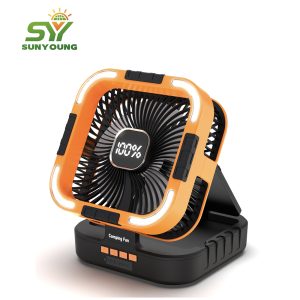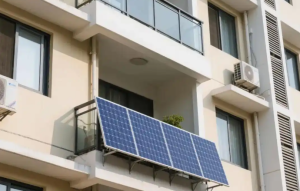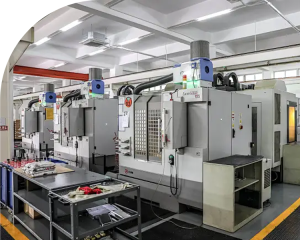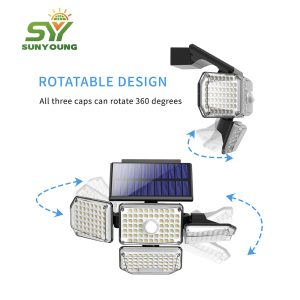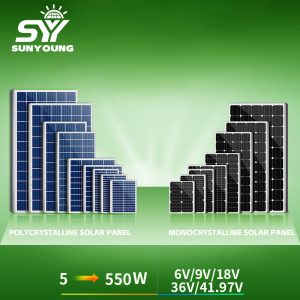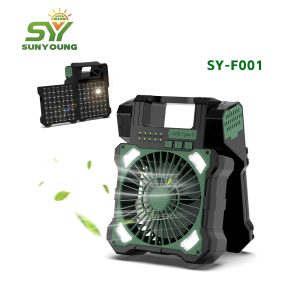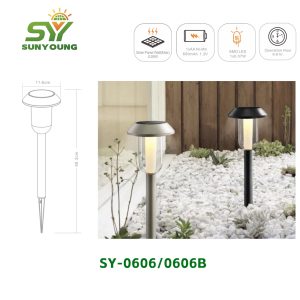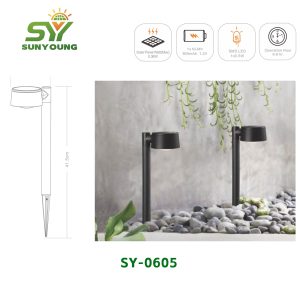2025 Solar Lawn Light Selection and Usage Guide: Outdoor Lighting Solutions from Energy Efficiency to Aesthetics
Why are more and more people choosing solar-powered lawn lights in 2025?
1. Zero-cost operation, low-carbon and environmentally friendly
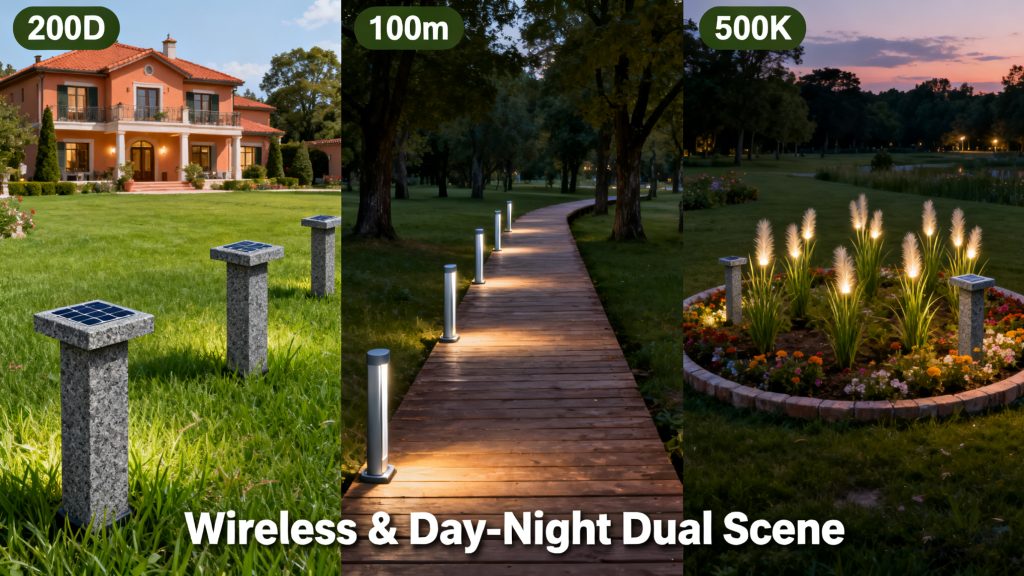
Solar-powered lawn lights convert sunlight into electricity through photovoltaic panels. They store energy during the day and automatically illuminate at night, eliminating the need for mains wiring. According to the U.S. Department of Energy, replacing traditional landscape lights with five solar-powered lawn lights can save 250 kilowatt-hours of electricity annually, reducing both electricity bills and carbon emissions, perfectly aligning with modern environmental protection concepts.
2. Easy to install and adaptable to multiple scenarios.
Whether it's the edge of a villa's lawn, a park's walkway, or a corner of a scenic area's flowerbed, solar-powered lawn lights can be easily adapted. Most products feature a plug-in design, requiring no concrete pouring (except for large-scale projects), and can be installed by a single person. Their diverse styles—from natural designs resembling stone and grass to minimalist modern styles—allow the lights to serve as decoration during the day and as a source of light at night.
3. Safe, durable, and easy to maintain.
Solar-powered lawn lights, powered by low-voltage DC, eliminate the risk of electric shock, making them especially suitable for families with elderly members or children. High-quality products boast an IP65 or higher waterproof rating, withstanding rain, snow, and extreme temperatures. Combined with LED light sources with a lifespan exceeding 25,000 hours, they can last 8-10 years under normal use, requiring only periodic cleaning of the photovoltaic panels.
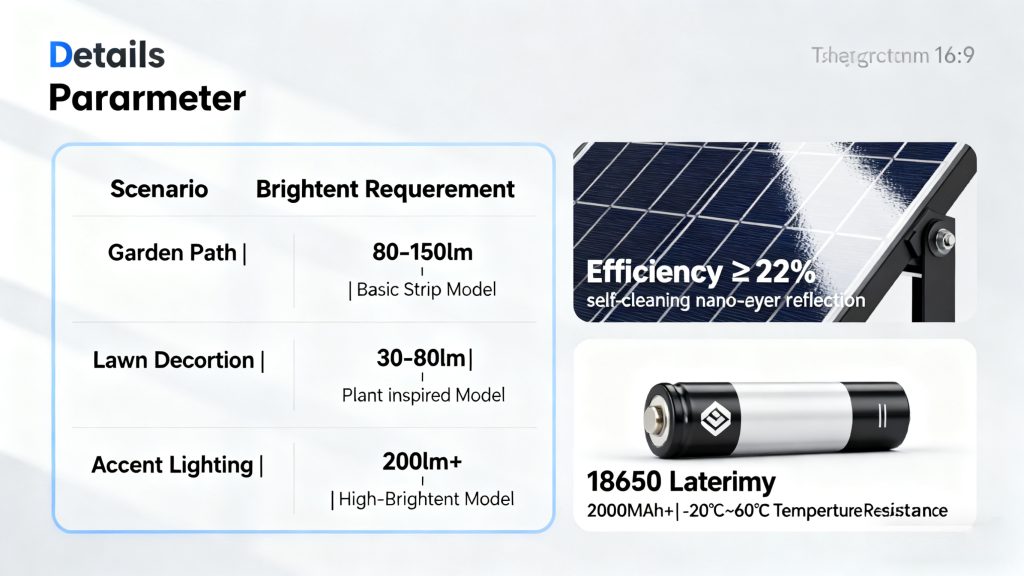
II. Selecting Solar Lawn Lights: 4 Key Indicators to Avoid Pitfalls
1. Brightness and battery life: Select parameters according to the scenario.
- Brightness : measured in lumens (lm). 80-150lm is needed for garden paths, 30-80lm for lawn decoration, and 200lm or more for accent lighting.
- life : High-quality products can provide 8-12 hours of continuous illumination on a full charge. Models equipped with high-efficiency lithium batteries can operate normally even after 3 consecutive days of cloudy weather. When purchasing, please note: the photovoltaic panel conversion efficiency should be above 22% (the mainstream level in 2023), and the battery capacity is recommended to be above 2000mAh.
2. Waterproof rating: IP65+, an essential for outdoor activities.
Outdoor environments are often rainy and foggy, so waterproof performance directly determines the lifespan of lighting fixtures. It is essential to choose products with an IP65 rating or higher. These fixtures are completely dustproof and can withstand low-pressure water jets, preventing water ingress and short circuits even in heavy rain. For coastal or rainy areas, upgrading to an IP67 rating is recommended for better handling of extreme weather conditions.
3. Materials and Craftsmanship: The Core of Durability
- Lamp body material : Metal (aluminum alloy, copper) material is corrosion-resistant and aging-resistant, superior to ordinary plastic, and not easily deformed during long-term outdoor use;
- Detailed craftsmanship : The junction box needs to be coated with waterproof glue, and the photovoltaic panel has a self-cleaning nano-layer to reduce dust accumulation. These details directly affect the product's lifespan.
4. Smart Features: Enhancing the User Experience
By 2025, mainstream products will be equipped with multiple intelligent systems:
- Light sensor + human body sensor: The light automatically turns on when it gets dark, increases brightness when someone passes by, and decreases brightness to save energy when no one is around;
- Adaptive color temperature: Adjusts color temperature according to sunrise and sunset to protect the body's biological clock;
- App remote control: You can set the lighting duration and switch the lighting mode. Some models support customized light patterns for special anniversaries.

III. Installation and Maintenance: 3 Steps to Achieve Long-Term Stable Operation
(The installation scene details in Figure 1 can be reused here, with key operations such as "ground insertion depth 1/6" and "battery compartment 10cm above the ground" highlighted.)
1. Before installation: Choosing the right location is key.
- Sunlight conditions: Ensure the installation area receives at least 6 hours of direct sunlight daily, avoid the shadows of trees and buildings, and tilt the photovoltaic panels southward (in the Northern Hemisphere) at an angle close to the local latitude;
- Terrain preparation: Clear weeds and gravel, level the ground, and prevent the lamps from being blocked by vegetation or damaged by wind and rain.
2. During installation: Details determine safety
- For stand-alone light fixtures: the insertion depth of the ground plug must reach 1/6 of the total height of the light pole; in typhoon-prone areas, anchor bolts must be added for fixation.
- Wiring treatment: Seal all interfaces with waterproof tape, and the battery compartment should be 10cm above the ground to prevent water accumulation.
3. Routine Maintenance: 3 Simple Steps
- Weekly cleaning: Wipe the solar panels with a damp cloth to remove dust and fallen leaves to avoid affecting charging efficiency;
- Monthly inspection: Check if screws are loose and if battery terminals are corroded;
- Seasonal maintenance: Clear snow from solar panels in winter; use low-temperature resistant lithium batteries in cold regions.
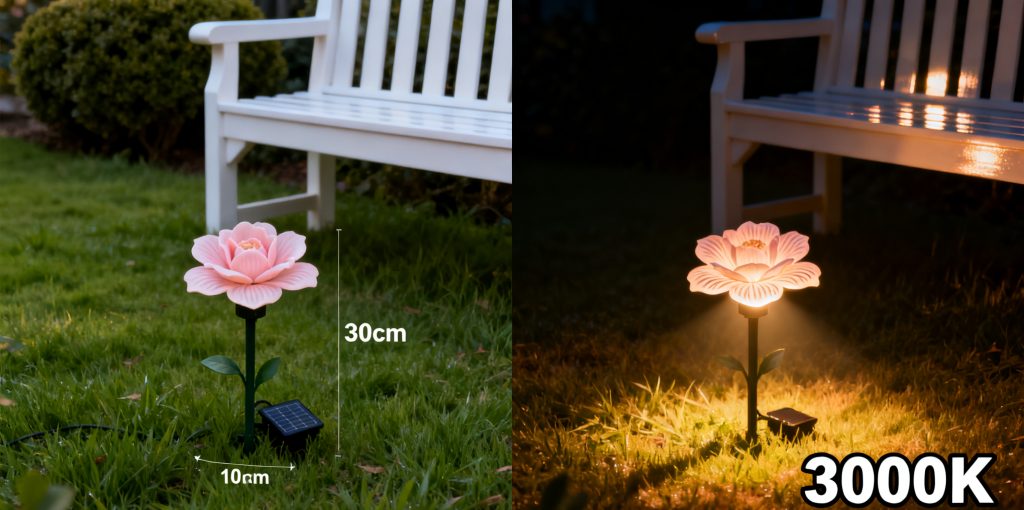
IV. Frequently Asked Questions (FAQ)
- Will solar-powered lawn lights work on a cloudy day?
High-quality products are equipped with large-capacity batteries that can store 3-5 days of electricity, maintaining basic lighting even on consecutive cloudy days, and automatically recharging when the light returns.
- Can a broken LED light source be replaced?
Most products feature an integrated LED design with the lamp body, boasting a lifespan of over 25,000 hours. Under normal use, they require no replacement for 5-8 years. For repairs after aging, please contact the manufacturer.
- Do solar-powered lawn lights require buried electrical wires?
No wiring required! Standalone products operate on their own photovoltaic panels and batteries, while centralized power supply models require only a small number of pre-buried cables, far fewer than traditional lighting fixtures.
V. Application Solutions for Popular Scenarios in 2025
- Villa courtyard: Copper micro-perforated lights project star-like spots of light, labeled "Human Body Sensor - Safety Protection".
- Park and scenic area: Butterfly-shaped lights labeled "Insect-friendly spectrum, avoidance 400-600nm band"
- Municipal greening: Strip lights equipped with IoT modules, labeled "IP67 waterproof, remote monitoring".
▶ Image description: The design incorporates real-world examples such as the Dianchi Greenway and the Golden Beach Beer City, demonstrating its adaptability to various scenarios.
Image 6: Day and Night Effect Comparison
▶ Image content: Daytime/Nighttime split-screen comparison from the same angle—During the day, the camellia petal-shaped lights blend into the green space, while at night, the 3000K warm light outlines the landscape.
▶ Image caption: Echoing the design principle of "harmony between day and night landscapes," showcasing the aesthetic effect of "seeing light but not the lamp."
Choosing a solar lawn light is not just about selecting a lighting tool, but also about choosing a low-carbon, poetic outdoor lifestyle. Whether it's adding warmth to your yard or ensuring the safety of your path, a high-quality solar lawn light can make your outdoor space more charming at night.
Find Your Solar + Battery Storage Specialist Now!
* Fill out this form and our experts will help you find the perfect solar storage solution for your home or business.

 sunyoungsolar@hotmail.com
sunyoungsolar@hotmail.com

